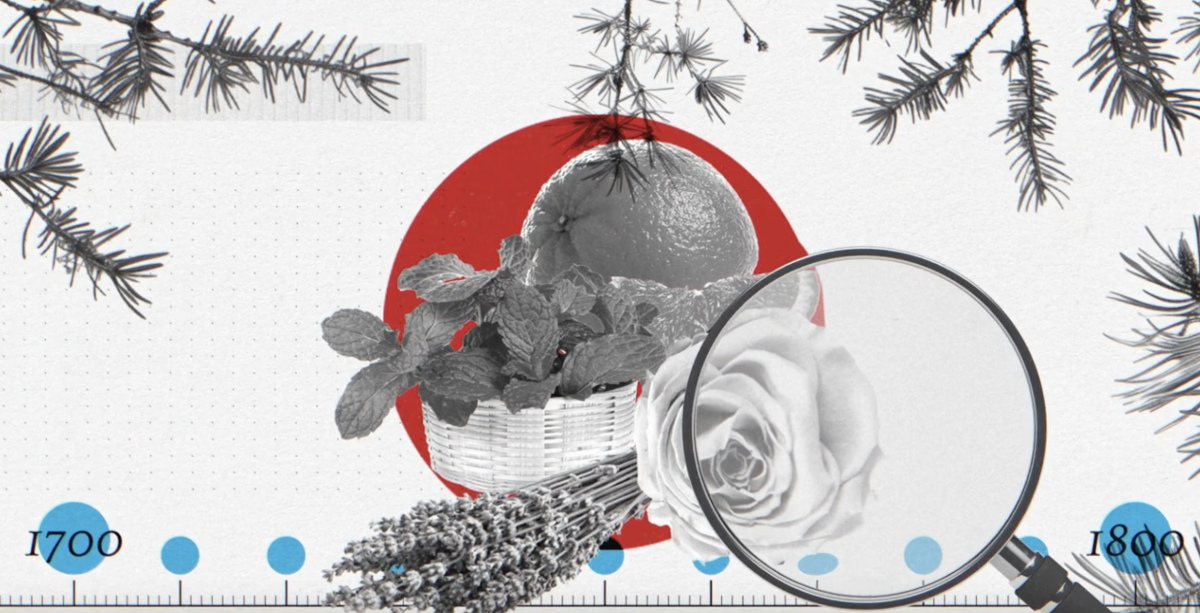The fragrance and flavor industry has renewable roots. Both emerged from the search for the aromatic and odorous principle of nature. The starting materials were in fact very often natural products. Vanillin is no exception. In the late 19th century, natural vanillin was rare and prohibitively expensive, making it an attractive target for synthetization.
Wilhelm Haarmann and Ferdinand Tiemann built their quest to synthesize vanillin on the work of Haarmann’s student friend Wilhelm Kubel, who had worked with the cambial sap of larches, spruces and pines – and accidentally observed a “most pleasant vanilla scent” during his experiments.
After an arduous process, Haarmann and Tiemann finally successfully synthesized vanillin in 1874. With the help of Karl Reimer, another student friend, Tiemann further developed the process, until he found a way to produce synthetic vanillin on an industrial scale using eugenol from clove oil.
The rest is history.

